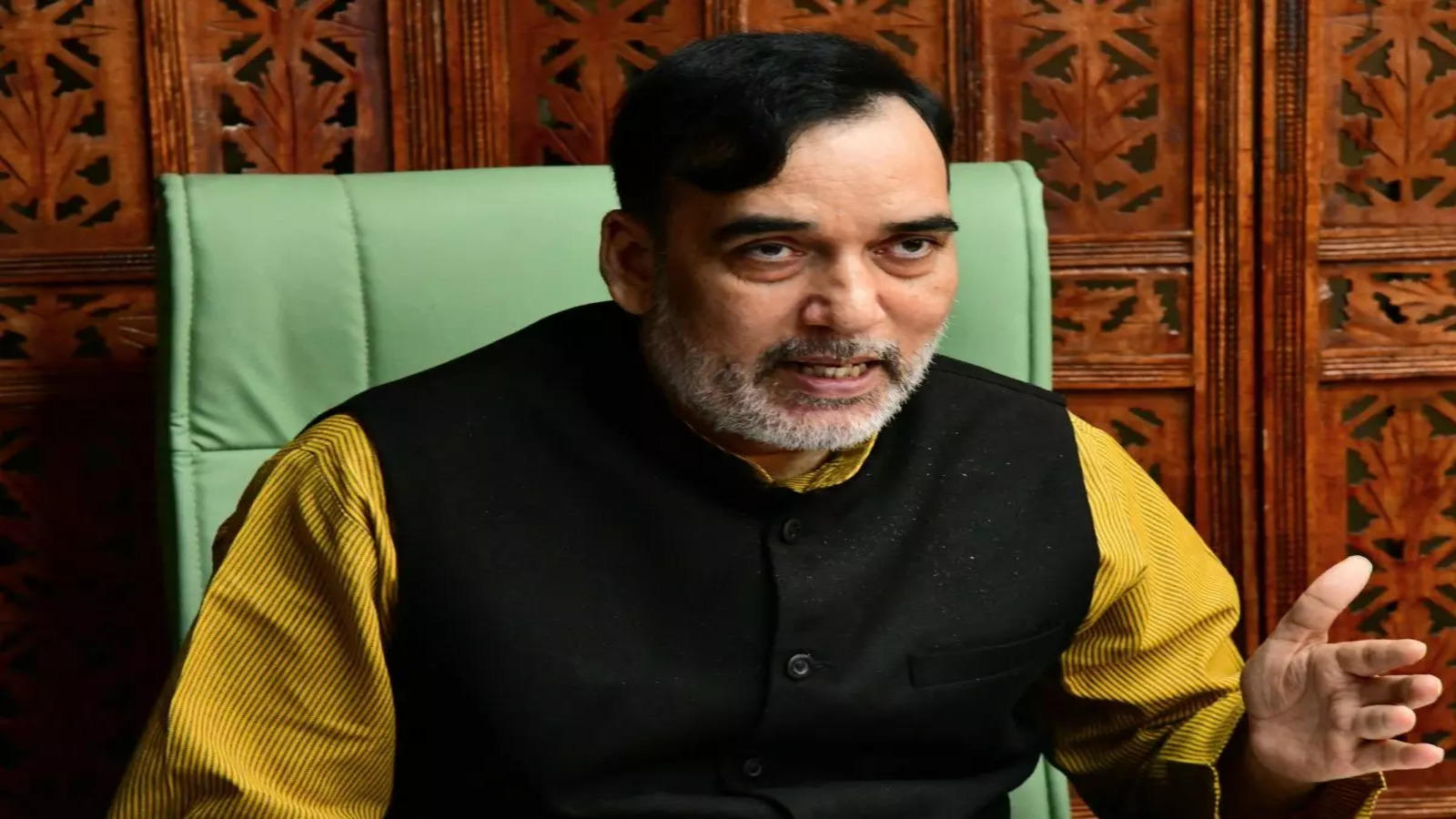

Gopal Rai, Delhi’s Environment Minister, has called upon the Central Government to enforce strict vehicle regulations in Delhi-NCR, allowing only CNG, electric, and BS VI-compliant vehicles to operate in an effort to combat escalating vehicular pollution.
In a letter addressed to Union Environment Minister Bhupender Yadav, Rai voiced concerns about the anticipated deterioration of air quality due to Diwali celebrations and stubble burning in neighboring states. He advocated for an emergency meeting with NCR states to address the impending pollution crisis.
Rai further suggested that the Centre should impose a comprehensive ban on vehicles that do not meet BS VI standards throughout the entire National Capital Region. The Delhi Minister underscored the necessity for collaborative efforts among the NCR states to effectively tackle air pollution.
He also appealed to the Uttar Pradesh government to halt the inflow of BS3 petrol and BS4 diesel vehicles into Delhi, as these vehicles emit excessive smoke. The Delhi government has already banned such vehicles, allowing only electric and CNG buses to operate within the city.
The letter emphasizes the urgency of collective action to address the violation of regulations and the need for a coordinated response to the air quality crisis in North India.
Recently, starting on November 1, only electric, CNG, and BS VI-compliant diesel buses have been permitted to operate between Delhi and the cities and towns within the NCR of Haryana, Uttar Pradesh, and Rajasthan, as directed by the Central Commission for Air Quality Management (CAQM).
Studies have shown that vehicular exhaust emissions account for a significant portion of PM2.5 emissions in Delhi, contributing to air pollution. Despite marginal improvements in air quality due to better wind speeds, pollution levels have remained a concern, with PM2.5 concentrations significantly exceeding the recommended limits set by the World Health Organization.
Delhi and its surrounding areas have been enveloped in a toxic haze for the past five days, leading to growing health concerns, particularly among children and the elderly, who experience respiratory and eye problems.
The air quality deterioration is attributed to several factors, including a drop in temperatures, stagnant winds that trap pollution, and increased post-harvest paddy straw burning in Punjab and Haryana. Data from the Central Pollution Control Board indicates a rapid escalation in Delhi’s Air Quality Index, reaching ‘severe plus’ levels, demanding immediate attention to mitigate the impact of pollution in the region.